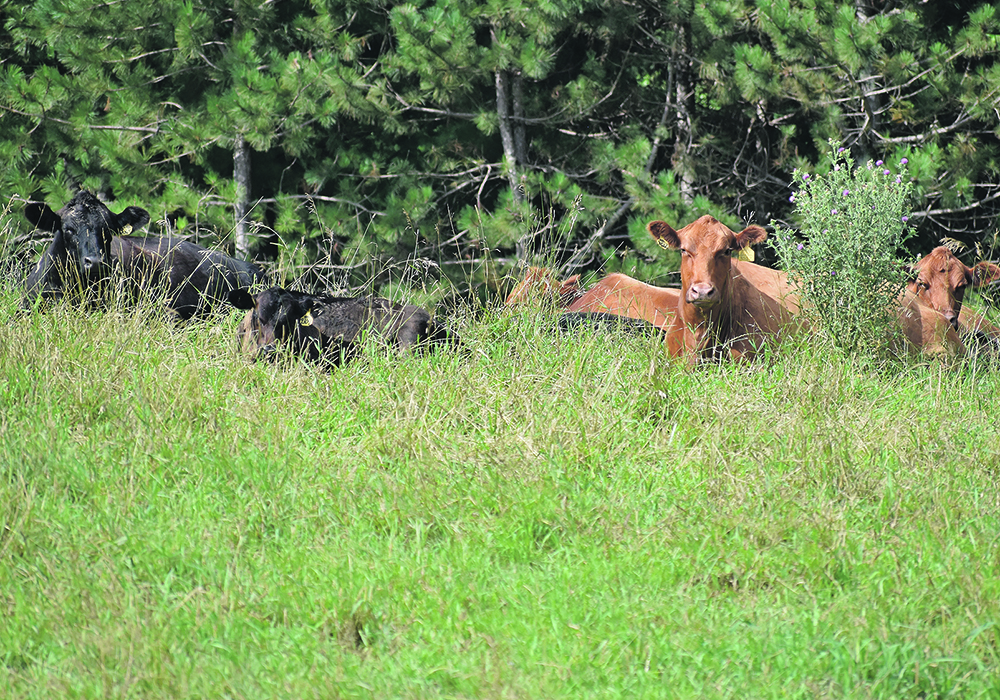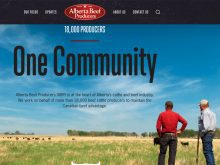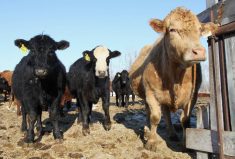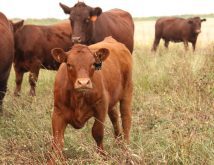SWIFT CURRENT, Sask. — A Grasslands Conservation Initiative announced last fall has created tension between Saskatchewan cattle producers and the Canadian Cattle Association.
The CCA, along with Ducks Unlimited and the Nature Conservancy of Canada, plan to protect grasslands by offering producers conservation agreements and easements ranging from short-term to perpetuity. They will contain no-break, no-drain clauses.
The goal is to maintain grasslands and prevent conversion, mainly to crop production.
Read Also

New program aims to support plant-based exports to Asia
Understanding the preferences of consumers in Taiwan and how they differ from Indonesia or Malaysia isn’t easy for a small company in Saskatchewan.
But the Saskatchewan Stock Growers Association already established the Saskatchewan Stock Growers Foundation several years ago to do much the same thing.
Current SSGF chair Kelcy Elford said CCA has not communicated well and details of its program are vague.
He said about four years ago he spoke to all but one of the Saskatchewan CCA directors about the foundation’s work. He said over this time CCA staff have also not responded to requests for more information about the proposed initiative.
Tyler Fulton, CCA vice-president, said he understands the issue is contentious but the program is far from developed.
He said land will stay in ranchers’ names; it will not be bought by DU or NCC.
“If we don’t do anything differently, we can expect that conversion rates will happen at the same rate roughly, I think it’s an estimate of 150,000 acres every year lost to conversion across the west in particular,” he said during a presentation at the SSGA annual convention.
Fulton said cattle producers could administer the money from the federal government and the organizations.
“This was a way to lever those federal dollars into … an aligned strategy that prevents conversion at the ranch level.”
He repeated that the initiative is not complete and CCA continues to talk to the federal government about funding. It wants to establish a five-year pilot project.
But Saskatchewan producers said they are concerned with what they’ve seen so far, including easements offered in perpetuity, inaccurate land valuations and program administration costs.
“Do we believe that perpetuity is the best answer for producers? And why would we go into business with an organization where their main purpose is purchasing land and putting producers off of it?” Elford said.
He also took issue with the CCA delivering the program, saying it is a lobby and advocacy organization, not a conservation group.
“We have conservation groups. We have one in this room,” he said, referring to the stock growers foundation.
Fulton said he shared that concern and suggested a national cattle foundation could administer a larger program.
“I think that the SSGF is exactly the model that we need to fit. But it’s obviously just in Saskatchewan. It doesn’t represent any other provinces or regions,” he said.
Jeff Yorga, now president of the SSGA, said he had concerns that medium-term easements under the current proposal are forced to become perpetual in order to remain in the program.
“We don’t think that there would be any federal dollars that would flow in without a significant portion of the acres being on perpetuity,” said Fulton.
“If 100 per cent of us in this room would have no interest in a forever agreement then nothing is going to get done, and I’m content with that because ranchers are going to make their own decisions that are best for their operations.”
Current Canadian Roundtable for Sustainable Beef chair Ryan Beierbach said there are many reasons that easements of any length would appeal to ranch owners and he would rather see operations remain in grass and in business.
“The way I see this working is it gives us more influence over those dollars that are already flowing,” he said, adding the initiative could benefit as money is reallocated from organizations to producers.


















